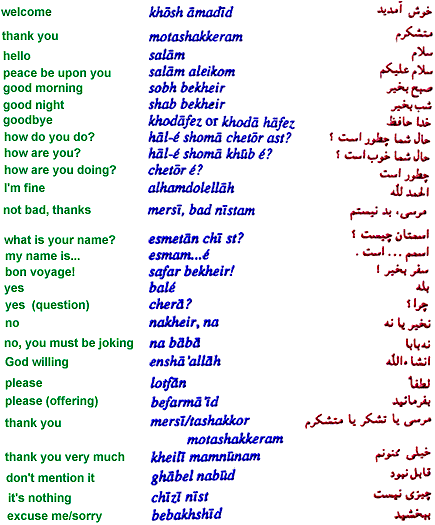When "Persia" became "Iran"
This article is a part of "Persia or Iran" by Professor Ehsan Yarshater, published in Iranian Studies, Vol. XXII, No.1, 1989.
In 1935 the Iranian government requested those countries which it had diplomatic relations with, to call Persia "Iran," which is the name of the country in Persian.
The suggestion for the change is said to have come from the Iranian ambassador to Germany, who came under the influence of the Nazis. At the time Germany was in the grip of racial fever and cultivated good relations with nations of "Aryan" blood. It is said that some German friends of the ambassador persuaded him that, as with the advent of Reza Shah, Persia had turned a new leaf in its history and had freed itself from the pernicious influences of Britain and Russia, whose interventions in Persian affairs had practically crippled the country under the Qajars, it was only fitting that the country be called by its own name, "Iran." This would not only signal a new beginning and bring home to the world the new era in Iranian history, but would also signify the Aryan race of its population, as "Iran" is a cognate of "Aryan" and derived from it.
The Iranian Ministry of Foreign Affairs sent out a circular to all foreign embassies in Tehran, requesting that the country thenceforth be called "Iran." Diplomatic courtesy obliged, and by and by the name "Iran" began to appear in official correspondence and news items.
At first "Iran" sounded alien (for non-Iranians), and many failed to recognize its connection with Persia. Some (Westerners) thought that it was perhaps one of the new countries like Iraq and Jordan carved out of the ruins of the Ottoman Empire, or a country in Africa or Southeast Asia that had just been granted independence; and not a few confused it with Iraq, itself a recent entity.
As time passed and as a number of events, like the Allied invasion of Iran in 1941 and the nationalization of the oil industry under Prime Minster Dr Mohammad Mosaddeq, put the country in the headlines, the name "Iran" became generally accepted, and "Persia" fell into comparative disuse, though more slowly in Britain than in the United States.
